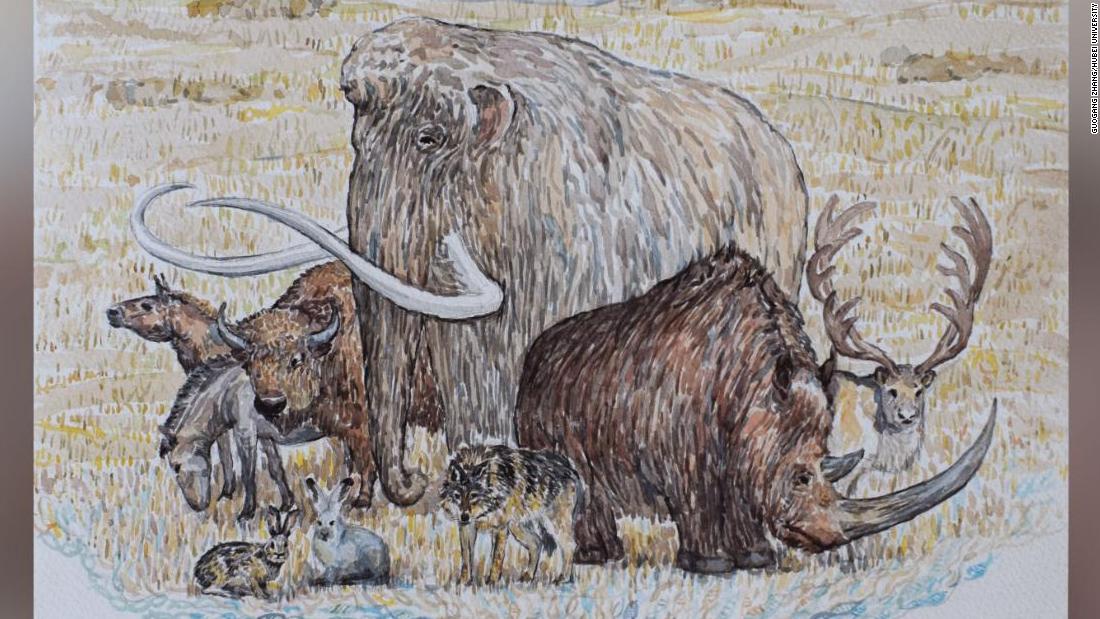
Oct 24, 2021
1 min, 9 secs
Most woolly mammoths were previously thought to have died off about 10,000 years ago, except for a very tiny population that survived on remote islands off Siberia.Woolly rhinos, the researchers said, were still roaming around the Arctic 9,800 years ago.Instead, extinction came when the last areas of Mammoth Steppe -- a unique ecosystem in the Arctic that doesn't exist today -- gave way to peatland as the climate became warmer and wetter."The authors present several dates for mammoth, woolly rhino, horse and steppe bison that are also substantially younger than the fossil record indicates, which builds a stronger case for late survival across the Arctic than has been made previously," said Tori Herridge, an evolutionary biologist and mammoth specialist at the Natural History Museum in London.
As part of the research, the team sequenced the DNA of 1,500 Arctic plants for the very first time.
Why large, grazing animals such as the mammoth went extinct has been debated for more than a 100 years, Wang said.Wang said their research supported the theory that climate change at the end of the last Ice Age 12,000 years ago played the major role.The longer overlap between humans and mammoths in the Arctic region, together with a detailed understanding of the Mammoth Steppe ecosystem and how quickly it changed, strengthened the case against the idea that humans were the main driver of mammoth's extinction, Wang explained.